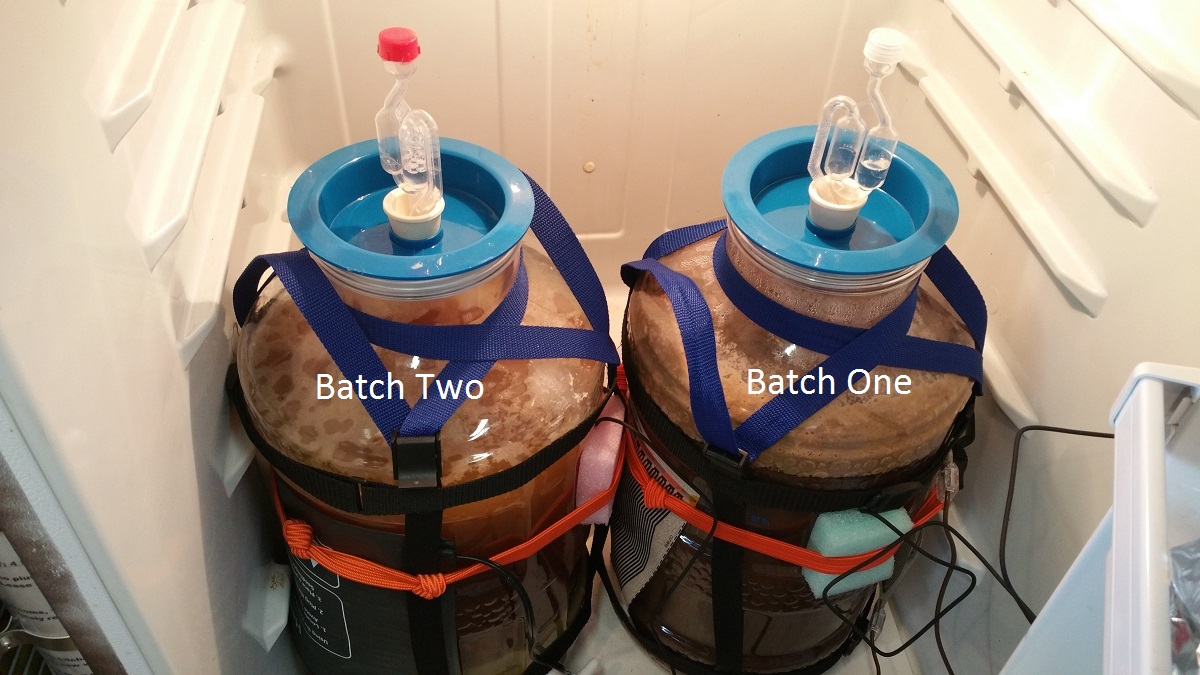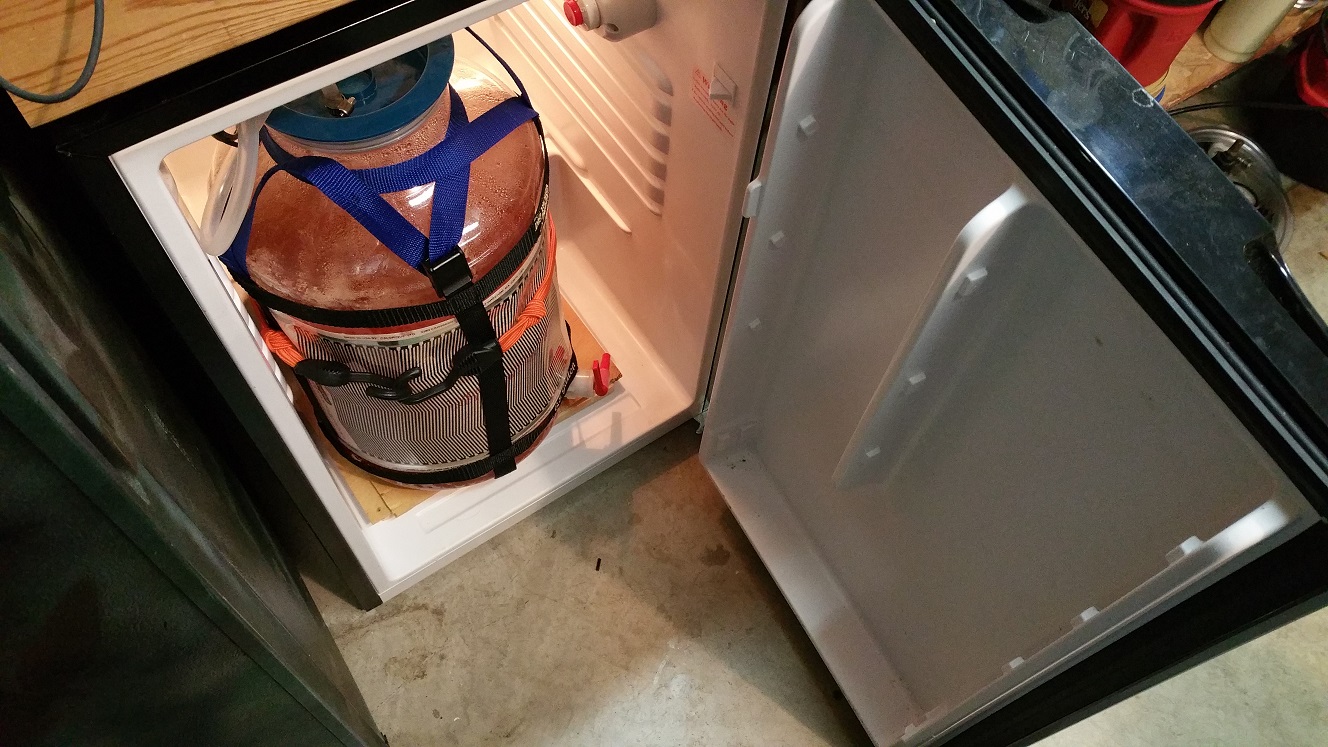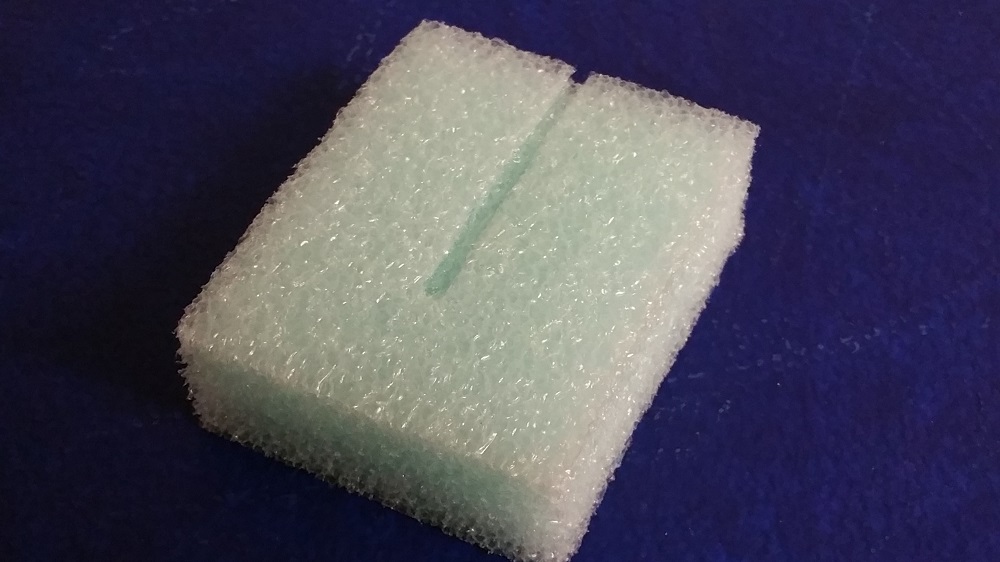Miles_1111
Well-Known Member
- Joined
- Mar 5, 2017
- Messages
- 166
- Reaction score
- 20
I use a chest freezer and a temperature controller to keep the fermenting temperature at 20 degree celsius. The thermometer (A) connects with the temperature controller is dipped into a small jar of water in the chest freezer. Another thermometer (B) is to test the air temperature inside the freezer.
Well, I notice that when thermometer (A) is at 20 degree celsius, the thermometer (B) is at around 23-24 degree celsius, so I suppose it is a bit higher. Then I set the controller to keep the thermometer (A) at around 15 degree, now the thermometer (B) shows 20 degree. I have using this thermometer to ferment. Is this correct? Maybe it is a bit too low? As several batches of my beer taste diacetyl, aldehyde and polyphenol...
Any advices will be much appreciated.
Well, I notice that when thermometer (A) is at 20 degree celsius, the thermometer (B) is at around 23-24 degree celsius, so I suppose it is a bit higher. Then I set the controller to keep the thermometer (A) at around 15 degree, now the thermometer (B) shows 20 degree. I have using this thermometer to ferment. Is this correct? Maybe it is a bit too low? As several batches of my beer taste diacetyl, aldehyde and polyphenol...
Any advices will be much appreciated.










































![Craft A Brew - Safale S-04 Dry Yeast - Fermentis - English Ale Dry Yeast - For English and American Ales and Hard Apple Ciders - Ingredients for Home Brewing - Beer Making Supplies - [1 Pack]](https://m.media-amazon.com/images/I/41fVGNh6JfL._SL500_.jpg)



















